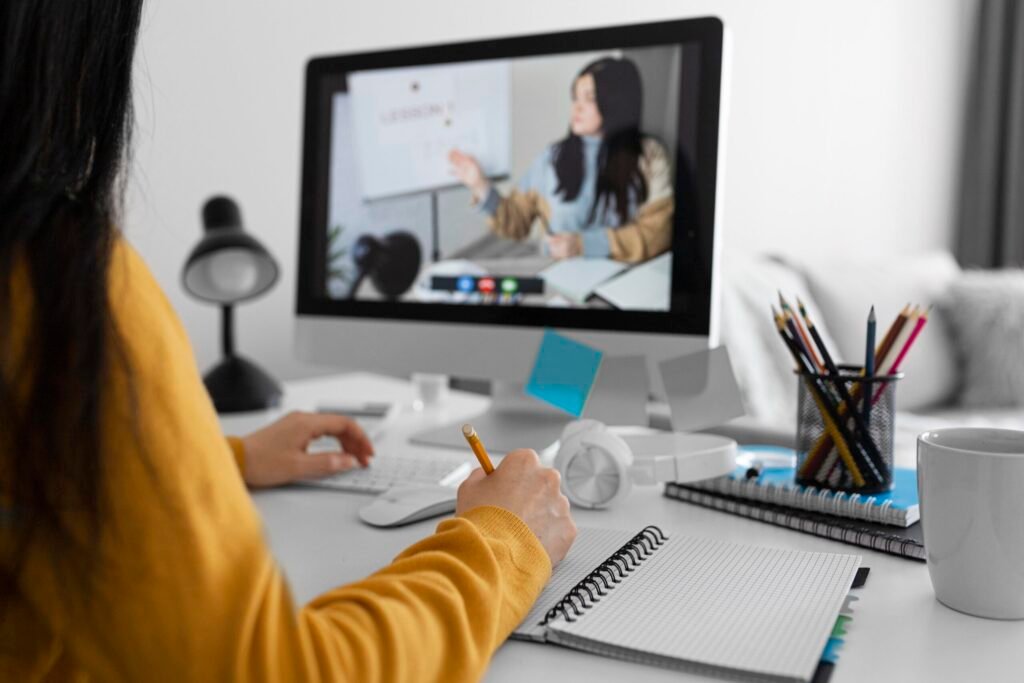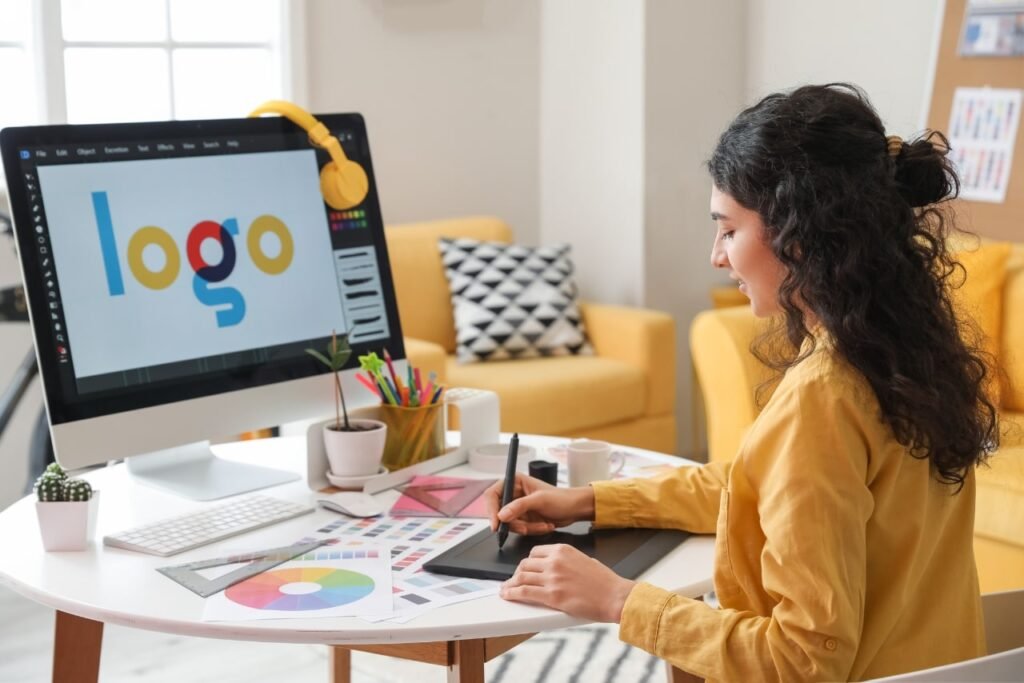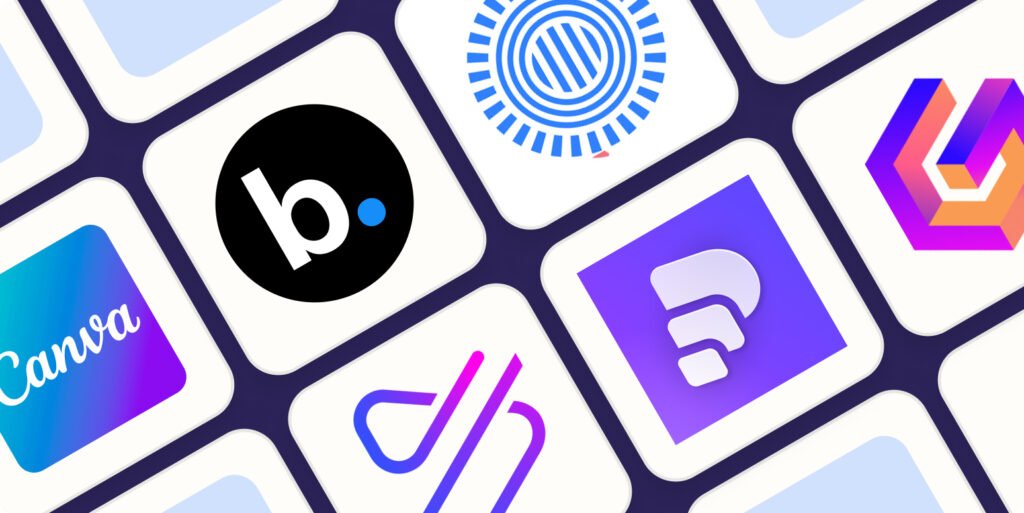
How I Learned Graphic Design Online Without Paying a Rupee
Graphic design is an essential skill in today’s digital world. Whether you’re looking to create stunning visuals for your personal projects, freelance as a designer, or just want to explore your creative side, graphic design is a powerful skill to have. The best part? You don’t need to break the bank to learn it.
I decided to dive into graphic design and master it—without spending a single rupee. Here’s how I did it, the resources I used, and what I learned along the way. Spoiler alert: You can learn graphic design for free, and I’m here to tell you how!

1. Start with the Basics: Understanding Design Principles
Before jumping into software tools or advanced techniques, I knew I needed to understand the fundamentals. Graphic design is not just about knowing Photoshop or Illustrator; it’s about understanding core design principles such as:
- Balance: How elements are arranged in a design to create stability.
- Contrast: Using different colors, sizes, and fonts to make the design pop.
- Hierarchy: Making sure the most important elements are the first thing a viewer notices.
- Alignment: Creating clean, organized designs through proper spacing.
- Repetition: Using elements consistently across a design to create a cohesive look.
I started with free articles, blog posts, and YouTube videos that broke down these principles in a way that made sense. A great place to start is the Canva Design School, which offers free tutorials on the fundamentals.
Recommended Resources:
- YouTube: Channels like The Futur and Yes I’m a Designer are fantastic for beginners.
- Medium: There are tons of articles on design principles.
- Canva Design School: Free and beginner-friendly.

2. Explore Free Tools for Practice
Once I had a good grasp of the basics, I needed software to bring my designs to life. While Adobe Photoshop and Illustrator are industry standards, they’re not free. Thankfully, there are excellent free alternatives that are more than capable of getting the job done.
Here’s what I used:
- Canva: It’s perfect for beginners and offers a ton of free templates, icons, and stock images. You can create everything from social media posts to brochures without paying a cent.
- GIMP: If you’re looking for a more powerful tool that mimics Photoshop, GIMP (GNU Image Manipulation Program) is a great open-source alternative.
- Inkscape: For vector design (like logos), Inkscape is a free alternative to Illustrator, and it’s perfect for beginners.
- Gravit Designer: A free, browser-based vector design tool that can be used for everything from website design to digital illustrations.
By practicing with these tools, I was able to develop my skills without having to invest in expensive software.

3. Learning Through Online Tutorials and Courses
YouTube is an absolute goldmine for free graphic design tutorials. There are countless content creators who offer high-quality, step-by-step guides for beginners. I made sure to learn from different creators to get a wide range of perspectives.
Some of my favorite YouTube channels include:
- Tutvid: Offers amazing Photoshop and Illustrator tutorials.
- Piximperfect: Focuses on Photoshop tutorials, especially retouching and photo manipulation.
- Gareth David Studio: A great channel for Illustrator tutorials, design tips, and tricks.
Additionally, there are some incredible free courses available on Coursera and edX. I found a few introductory courses on graphic design that were free to audit. You can access most of the course materials without paying for the certificate.
Recommended Free Courses:
- Coursera: “Fundamentals of Graphic Design” (offered by CalArts).
- edX: “Introduction to Graphic Design” (offered by the University of Colorado Boulder).
4. Join Design Communities for Feedback
One of the best ways to improve is to get feedback on your work. I joined online design communities where I could share my work, get feedback, and interact with more experienced designers. Sites like Dribbble, Behance, and even Facebook design groups have thousands of people who are happy to offer tips and constructive criticism.
By posting my designs and receiving feedback, I learned things I would’ve never picked up on my own. Plus, it’s incredibly motivating to see other designs and challenge myself to improve.
5. Keep Practicing and Building Your Portfolio
The most important step in learning graphic design is consistent practice. Every time I finished a project, I made sure to critique my work and identify areas where I could improve. Whether it was adjusting the color scheme, experimenting with fonts, or improving my layout, the goal was always to learn something new.
Eventually, I started creating my portfolio to showcase my work. Even if you don’t intend to freelance, having a portfolio is a great way to track your progress and highlight your best projects.
I used Behance and Adobe Portfolio (free for Creative Cloud members) to build my online portfolio. These platforms are excellent for showcasing design projects and getting feedback from other designers.
6. Explore Design Challenges and Competitions
To level up my skills, I participated in design challenges and competitions. Websites like 99designs and DesignCrowd allow you to submit designs for real-world projects and receive compensation if your design is chosen. Even if you’re not winning, these challenges help you improve your skills and learn how to handle design briefs.
Another great resource for daily design practice is Daily UI, where you can sign up to get daily design prompts for a set number of days. It helped me stay consistent and learn something new every day.
Final Thoughts: Learning Graphic Design Doesn’t Have to Cost a Thing
By using a combination of free tools, online tutorials, courses, and community feedback, I was able to learn graphic design without spending a single rupee. Sure, it takes time, dedication, and a lot of practice, but it’s totally possible to gain solid graphic design skills without the need for expensive courses or software.
If you’re just getting started, here’s my advice:
- Focus on the fundamentals first—learn the basic design principles.
- Practice as much as you can with free software.
- Seek feedback from other designers to help you grow.
- Stay consistent and challenge yourself with new projects.
In the end, the most important thing is to enjoy the process and keep improving. Happy designing!
If you’ve had a similar experience learning graphic design on a budget, or have any questions, drop a comment below! I’d love to hear about your journey.
